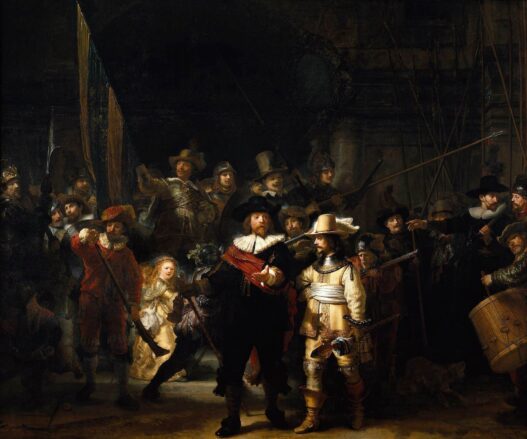Baroque art is a style that emerged in Europe in the 17th century, characterized by its ornate and dramatic features. From grand architecture to dynamic paintings, Baroque art is a feast for the senses. This guide offers a comprehensive look at the history and aesthetics of this captivating style.
What is Baroque art?
Baroque art is a style that emerged in Europe in the 17th century, characterized by its ornate and dramatic features. It is known for its grandeur, opulence, and theatricality, with artists often using exaggerated motion, intense emotions, and intricate details to create works that are both visually stunning and emotionally powerful. Baroque art encompasses a wide range of mediums, including painting, sculpture, architecture, and decorative arts, and has had a lasting impact on the art world.Common elements of Baroque art include the use of strong colors, dynamic compositions, and exaggerated lighting.Artists often used dramatic lighting effects to create a sense of drama and emotion in their works. Additionally, Baroque art often featured religious themes, as well as depictions of historical events or figures. The use of curved lines and ornate details was also common in Baroque art, creating a sense of movement and energy.
The history of Baroque art.
Key characteristics of Baroque art.
Baroque architecture.
Baroque painting and sculpture.
Baroque art is not limited to architecture, but also includes painting and sculpture. Baroque artists often depicted dramatic scenes with intense emotions, using strong contrasts of light and dark to create a sense of depth and drama. Some of the most famous Baroque painters include Caravaggio, Rembrandt, and Rubens. Baroque sculpture was also characterized by its dramatic and emotional style, with artists often creating highly detailed and ornate works that were meant to inspire awe and wonder. Bernini, for example, was a famous Baroque sculptor known for his dynamic and lifelike sculptures, such as his famous work, “The Ecstasy of St. Teresa.”
In conclusion, Baroque art represents a pivotal period in art history, marked by its grandeur, ornate details, and dramatic portrayals. Its emergence in 17th-century Europe is a testament to the era’s political and religious unrest, with the style being embraced by the Catholic Church and eventually finding its way to the Americas. Baroque art manifests in several mediums, including architecture, painting, and sculpture, with renowned artists such as Caravaggio, Bernini, and Rubens playing instrumental roles in shaping its aesthetic. The use of chiaroscuro, exaggerated motion, and intricate details alongside religious and mythological themes characterizes Baroque art, creating visually stunning and emotionally resonant works. Today, the influence of this dynamic and powerful art style can still be felt in contemporary art and design, signifying its enduring impact. Its architectural marvels, emotionally charged paintings, and awe-inspiring sculptures continue to captivate audiences, serving as enduring testaments to human creativity and artistic expression.




















